If you've ever cooked pork that turned out bland or unevenly seasoned, you're not alone. The secret to perfectly seasoned pork isn't just which spices to use—it's how to match them to your specific cut. Skip the guesswork with these 5 proven spice blends that deliver restaurant-quality flavor every time, using ingredients you likely already have in your pantry.
Inside you'll find simple, step-by-step seasoning recipes for ribs, tenderloin, pork chops and more—no food science degree required. Each blend comes with clear measurements, application timing, and common substitutions for hard-to-find ingredients. Plus get our "quick reference" chart showing exactly which blend works best for your cut of pork.
Safety first: Always cook pork to 145°F (63°C) internal temperature, then let it rest for 3 minutes before serving.
The 3 Biggest Mistakes People Make When Seasoning Pork
Before we get to the recipes, avoid these common errors that ruin pork flavor:
- Using the same rub for all cuts: Tenderloin needs different seasoning than pork belly
- Applying spices too late: Timing matters more than you think—some spices need hours to penetrate
- Overlooking moisture content: Lean cuts like tenderloin require different treatment than fatty belly
5 Simple Pork Seasoning Blends for Perfect Results
1. Classic All-Purpose Pork Rub (Best for Chops & Ribs)
This easy 5-ingredient blend works for most pork cuts and requires no special equipment. Make a batch to keep in your spice cabinet.
| Ingredient | Amount | Why It Works |
|---|---|---|
| Paprika | 2 tbsp | Adds color without burning |
| Brown sugar | 1 tbsp | Caramelizes for perfect crust |
| Garlic powder | 1 tsp | Balances pork's natural sweetness |
| Onion powder | 1 tsp | Enhances savory notes |
| Salt & black pepper | To taste | Essential flavor enhancers |
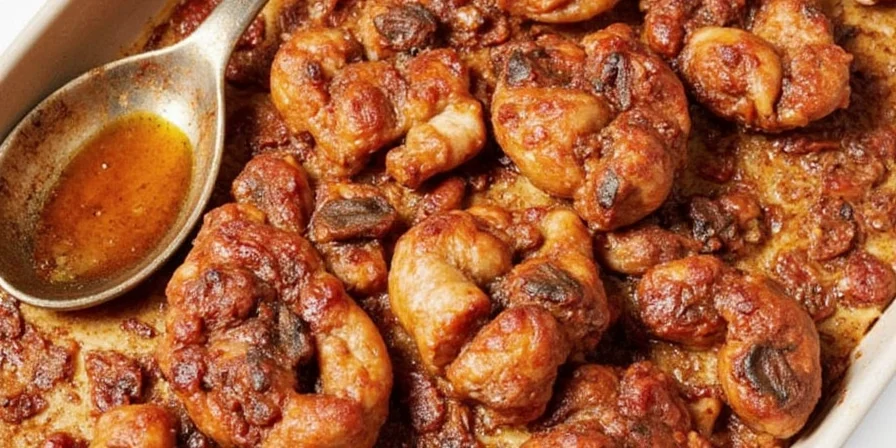
2. 30-Minute Mediterranean Pork Tenderloin Blend
Perfect for weeknight dinners—ready in minutes with pantry staples. Creates juicy, flavorful results without hours of prep.
- Lemon zest - brightens lean meat
- Dried rosemary - pairs perfectly with pork
- Garlic - classic flavor companion
- Olive oil - helps spices adhere
- Salt & pepper - essential base
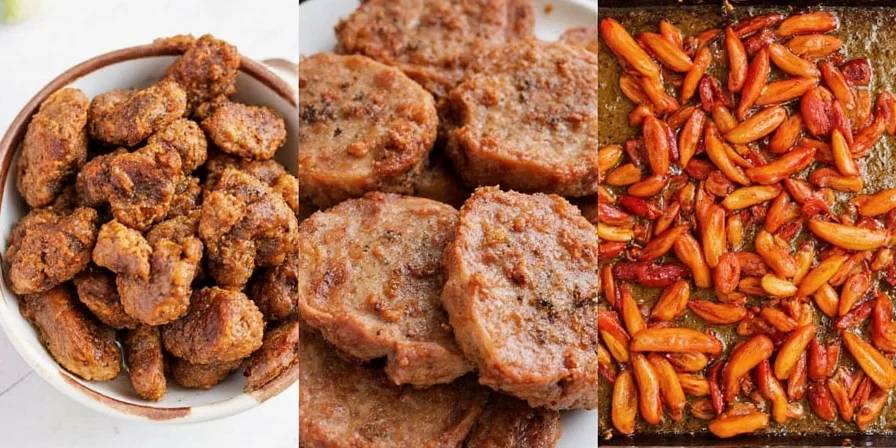
3. Korean-Inspired Pork Belly Rub
Transform fatty cuts into perfectly balanced sweet-spicy creations. Uses common grocery store ingredients.
- Gochujang (or hot sauce) - adds depth
- Soy sauce - umami boost
- Rice vinegar - cuts through richness
- Honey - balances heat
- Sesame oil - nutty finish
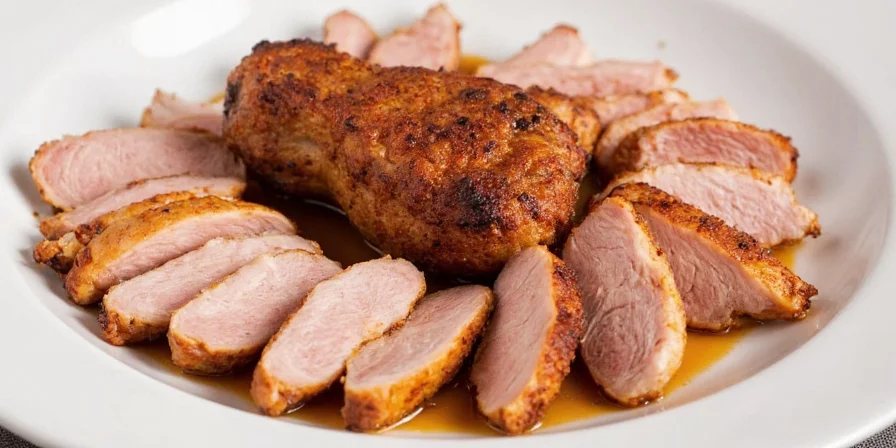
4. Foolproof Timing Guide for Perfectly Seasoned Pork
When you apply spices matters as much as which ones you use. Follow this simple timeline:
| Cut of Pork | Apply Rub | Rest Time Before Cooking | Flavor Profile |
|---|---|---|---|
| Pork chops | 30 minutes before | 20 minutes | Savory with hint of sweetness |
| Tenderloin | Right before cooking | None | Light and herbaceous |
| Pork shoulder | Overnight | 1 hour | Deeply savory and smoky |
| Pork belly | During cooking | 10 minutes | Sweet-spicy balance |
| Ground pork | While mixing | None | Well-rounded seasoning |
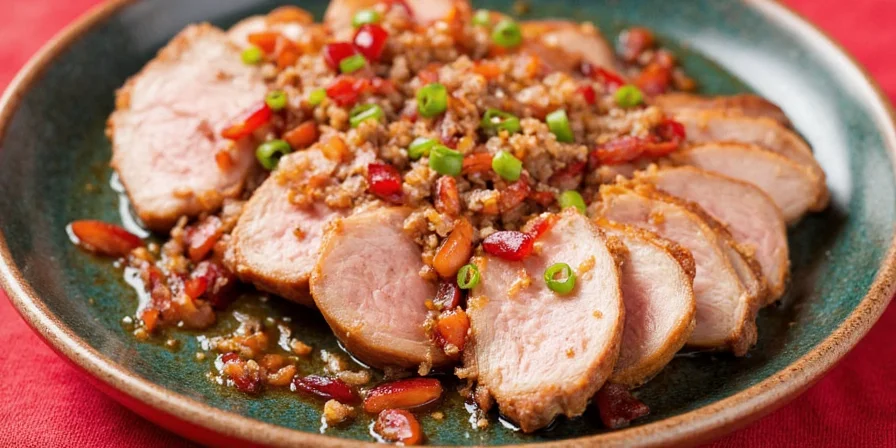
5. Customizable Flavor Builder System
Can't find a specific ingredient? Build your own blend with this simple formula:
- Base (4 parts): Salt + pepper (essential foundation)
- Savory (2 parts): Garlic/onion powder, paprika, or herbs
- Sweet (1 part): Brown sugar, honey, or maple syrup
- Acid (1 part): Vinegar, citrus, or wine
- Heat (to taste): Cayenne, chili flakes, or hot sauce
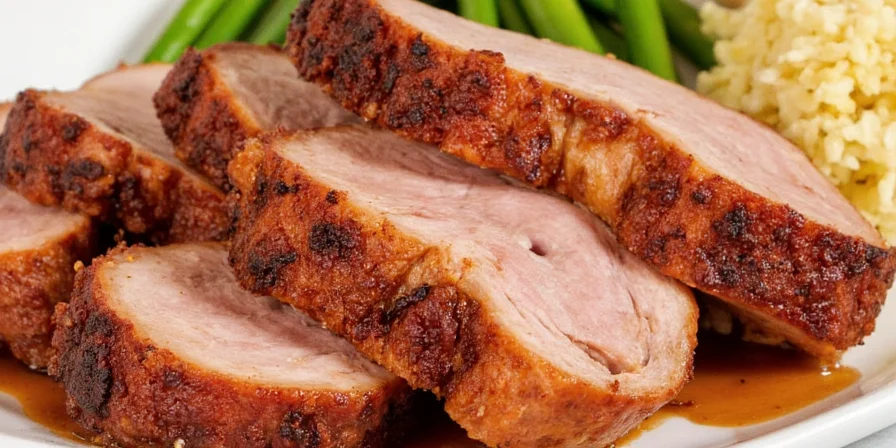
3 Pro Tips for Better Pork Every Time
- Dry the surface first: Pat pork dry with paper towels before applying rub for better adhesion
- Don't skip the rest: Let seasoned pork sit 20-30 minutes before cooking for flavors to penetrate
- Oil helps: Lightly coat pork with oil before dry rub for even seasoning distribution
Frequently Asked Questions
What's the best spice for pork?
While personal preferences vary, garlic, rosemary, sage, and thyme consistently complement pork's natural flavor. For most home cooks, a simple blend of paprika, garlic powder, onion powder, salt and pepper delivers reliable, crowd-pleasing results.
Can I use fresh spices instead of dried?
Yes, but adjust quantities—use three times more fresh herbs than dried. Fresh garlic and ginger work well when finely minced, but avoid large pieces that might burn. For best results, rub fresh garlic directly on the pork surface.
Why does my pork seasoning wash off during cooking?
This happens when the pork surface is wet. Always pat pork dry with paper towels first, then apply a light coat of oil before adding dry rub. For lean cuts like tenderloin, apply seasoning no more than 30 minutes before cooking.
How long should I let seasoning sit on pork before cooking?
Depends on the cut: lean cuts (tenderloin) need 15-30 minutes, while fatty cuts (shoulder) benefit from 12-24 hours. For quick weeknight meals, even 10 minutes makes a noticeable difference compared to seasoning right before cooking.
Final Tips for Perfectly Seasoned Pork
You don't need fancy ingredients or culinary training to make delicious pork—the key is matching your seasoning approach to your specific cut and timeline. Start with our all-purpose rub for your next pork chops or ribs, and you'll immediately notice the difference.
Remember these simple guidelines: dry the surface first, apply the right amount of seasoning for your cut, and give it time to work its magic before cooking. Within a week, you'll have family and friends asking for your 'secret' to flavorful pork.
The best part? These methods work with ingredients you probably already have. No need for specialty stores or hard-to-find spices—just smart, simple seasoning techniques that deliver consistent results every time you cook pork.

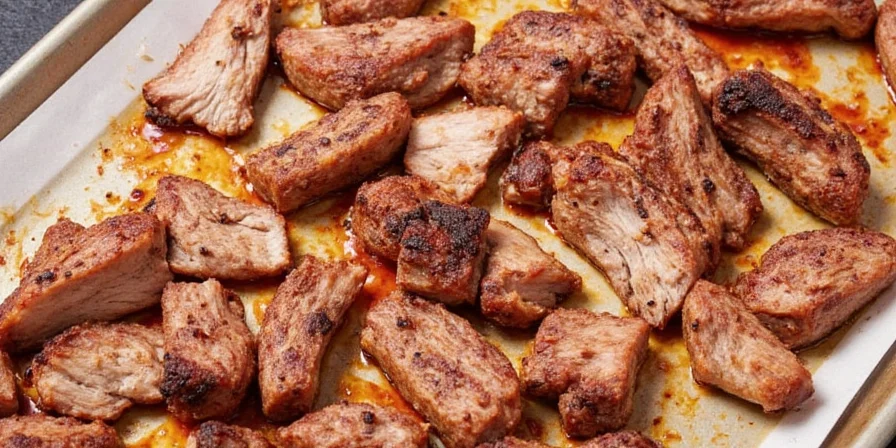









 浙公网安备
33010002000092号
浙公网安备
33010002000092号 浙B2-20120091-4
浙B2-20120091-4